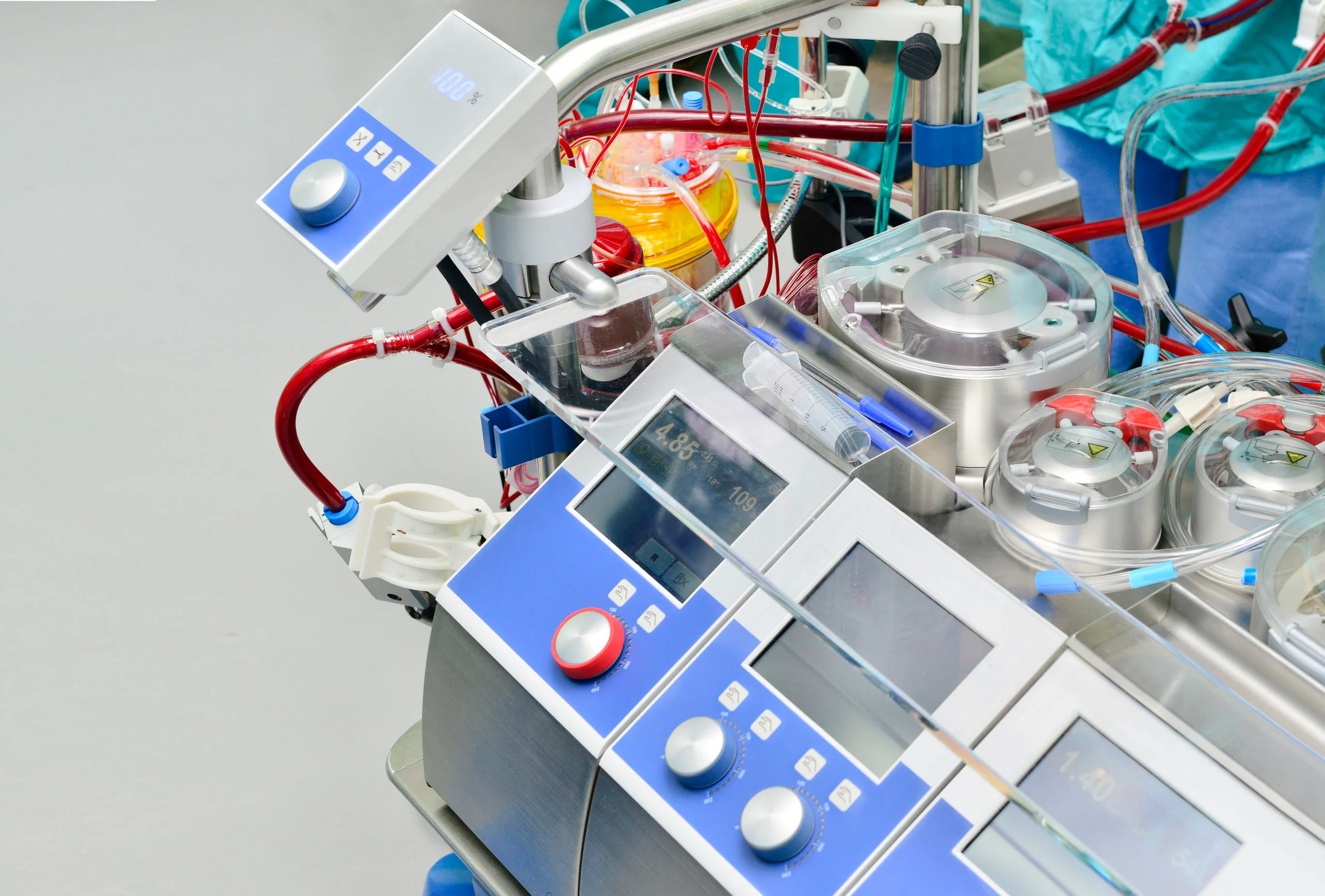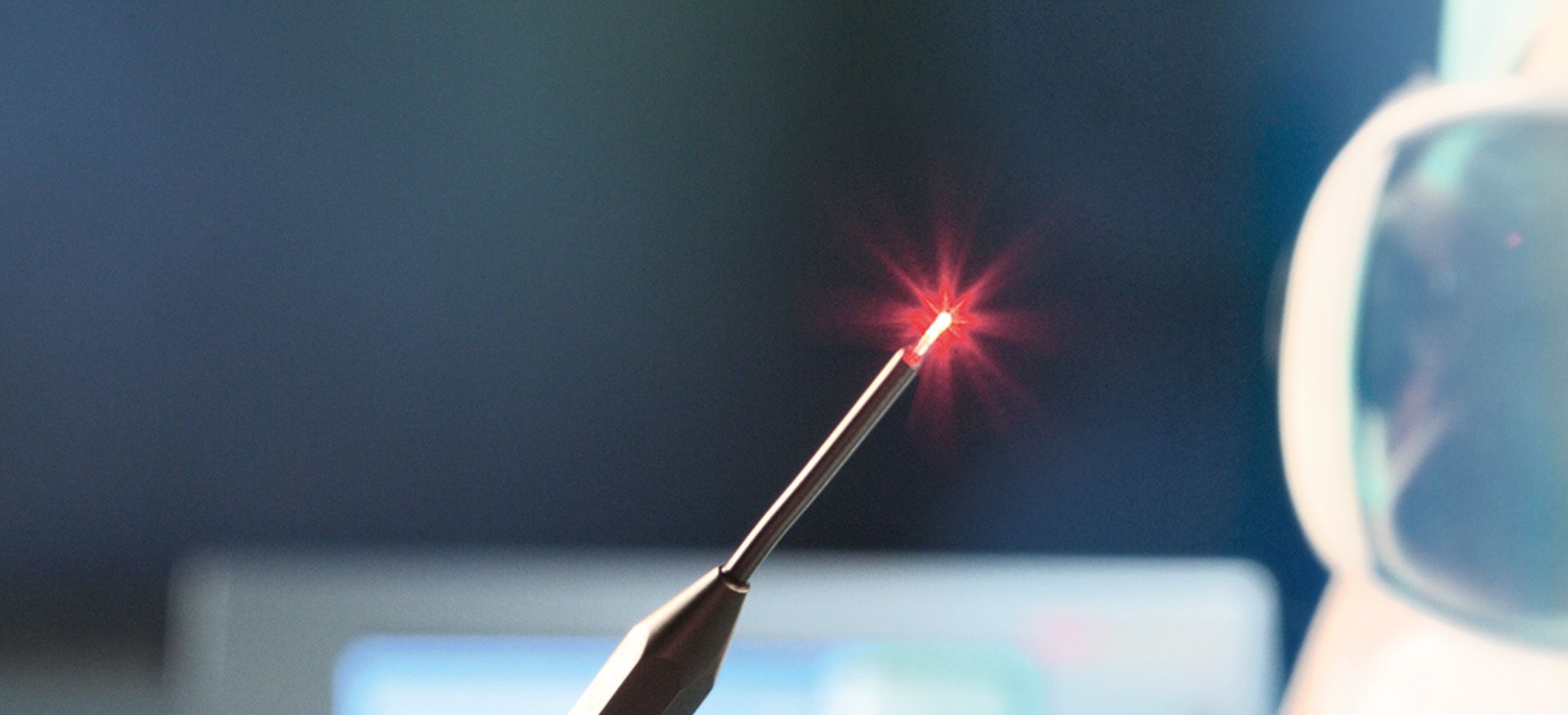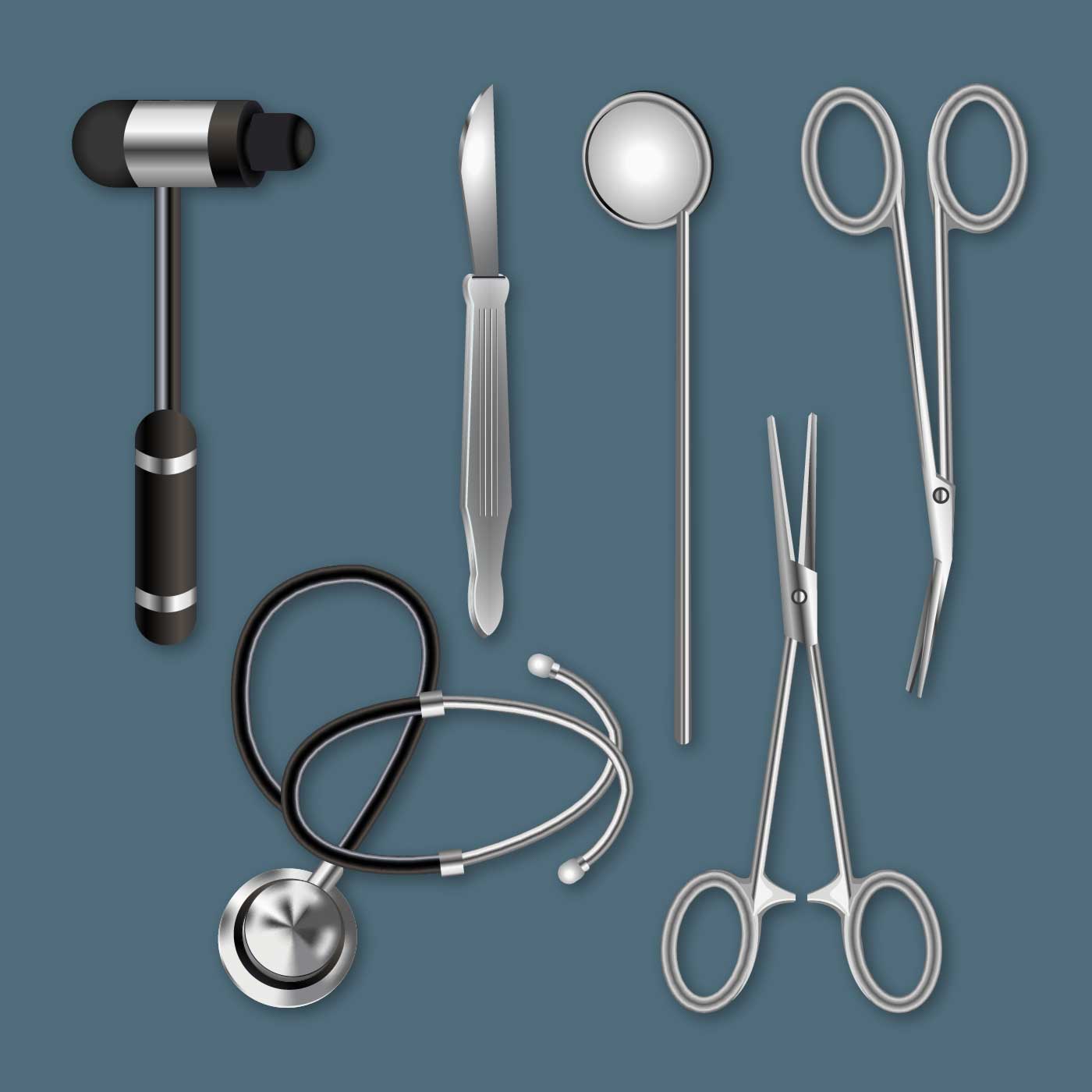Jewels In Medical Tools - Adding Precision And Durability To Life-Saving Instruments
Medical tools are some of the most important inventions in human history. They help diagnose, treat, and cure diseases and injuries. However, to achieve maximum efficiency and accuracy, these tools must be designed with precision and durability in mind. That's where jewels in medical toolscome in.
The Role Of Jewels In Medical Tools
Jewels are hard, durable, and smooth materials, usually made of synthetic sapphire, ruby, or diamond. These properties make them ideal for use in medical tools. Here are some of the ways jewels are used in medical tools:
Bearings
Bearings are essential components of many medical tools. They enable the smooth and accurate movement of rotating parts. Jewels are used as bearings in medical tools because they are extremely hard and wear-resistant, reducing the risk of failure or malfunction. They also provide a smooth surface for the rotating parts, reducing friction and improving accuracy.
Pivot Points
Pivot points are where two parts of a medical tool rotate around each other. Jewels are often used as pivot points in medical tools because of their hardness and smoothness. They can withstand repeated use without wearing down, ensuring the tool remains accurate and reliable.
Cutting And Drilling Tools
Jewels are also used as cutting and drilling tools in medical instruments. They are used as the cutting edgeor tip of instruments like scalpels, drill bits, and needles. Jewels are preferred over metal for these applications because they are harder and sharper, resulting in a cleaner and more precise cut.
Sensors
Jewels are sometimes used as sensors in medical tools, especially in instruments used for measuring pressure or force. The jewels are used to measure the deformation of a metal diaphragm, resulting in highly accurate measurements.
Benefits Of Jewels In Medical Tools
There are several benefits to using jewels in medical tools:
Precision
Jewels have very low tolerances for dimensional variation, which means that they can be machined to incredibly precise dimensions. This precision is essential in medical tools where accuracy is critical.
Durability
Jewels are extremely hard and wear-resistant, which means they can withstand repeated use without wearing down. This makes them ideal for use in medical tools that are used frequently and need to remain accurate and reliable over time.
Sterilization
Jewels can withstand high temperatures and chemical sterilization processes without degrading or losing their properties. This makes them ideal for use in medical tools that need to be sterilized regularly to prevent the spread of infection.
Examples Of Medical Tools That Use Jewels
Here are some examples of medical tools that use jewels:
Surgical Instruments
Many surgical instruments use jewels, including scalpels, scissors, and forceps. Jewels are used as the cutting edge or as bearings and pivot points to improve accuracy and reduce friction.
Medical Imaging
Medical imaging tools, such as CT and MRI machines, also use jewels. They are used as bearings and pivot points in the rotating components of these machines, allowing for smooth and accurate movement.
Blood Pressure Monitors
Blood pressure monitors often use jewels as sensors to measure the pressure exerted on the cuff. The jewels are used to measure the deformation of a metal diaphragm, resulting in highly accurate measurements.
The Future Of Jewels In Medical Tools
As medical technology continues to advance, the use of jewels in medical tools is likely to become more widespread. Advancements in manufacturing techniques and materials science may make jewels even more accessible and affordable, allowing for their use in a wider range of medical instruments.
In addition, the demand for more precise and accurate medical tools is likely to increase as healthcare becomes more personalized and patient-specific. The use of jewels in medical tools could play a critical role in meeting this demand and improving patient outcomes.
Challenges And Considerations In Using Jewels In Medical Tools
While the use of jewels in medical tools offers many benefits, there are also some challenges and considerations that need to be taken into account:
Cost
Jewels can be expensive, especially when they need to be machined to precise dimensions. This can make the cost of medical tools that use jewels higher than those that use traditional materials.
Availability
The supply of jewels can be limited, especially for high-quality synthetic sapphires and rubies. This can create challenges for manufacturers who rely on these materials to produce medical tools.
Maintenance
Jewels require special care and maintenance to ensure their longevity and performance. For example, they need to be cleaned carefully to prevent damage or scratching.
Safety
Jewels can break or chip if they are exposed to excessive force or impact. This can pose a safety risk for patients and medical professionals if the broken jewel becomes loose in the tool.
Regulatory Approval
Medical toolsthat use jewels need to comply with regulatory standards to ensure their safety and efficacy. This can create additional challenges for manufacturers who need to navigate the regulatory approval process.
The Importance Of Precision In Medical Tools
Precision is critical in medical tools, as even a small error can have significant consequences for patient outcomes. By using jewels in medical tools, manufacturers can improve precision and accuracy, resulting in better outcomes for patients.
For example, surgical instruments that use jewels as bearings and pivot points can provide smoother movement and reduce friction, resulting in more precise incisions and less tissue damage. Similarly, blood pressure monitors that use jewels as sensors can provide more accurate readings, leading to better diagnosis and treatment of hypertension.
Advancements In Jewel Manufacturing
Advancements in manufacturing techniques and materials science are making it easier and more affordable to produce jewels with precise dimensions and shapes. This is particularly important in medical applications, where the use of synthetic sapphires and rubies is becoming more widespread.
For example, manufacturers can now use laser cutting and grinding techniques to produce jewels with tolerances of less than one micron, ensuring precise and accurate dimensions. This can result in medical tools that are more reliable and effective, improving patient outcomes and reducing the risk of complications.
Ethical Considerations In Using Jewels In Medical Tools
While the use of jewels in medical tools offers many benefits, it also raises ethical considerations that need to be addressed.
Conflict Minerals
Many jewels are mined in conflict zones, where human rights abuses and environmental damage are common. The use of conflict minerals in medical tools is unethical and can contribute to ongoing conflicts.
Environmental Impact
The mining and processing of jewels can have significant environmental impacts, including habitat destruction, pollution, and water scarcity. The use of jewels in medical tools should be done in a way that minimizes these impacts. Other alternatives like quartz are being researched to replace diamond in medical supplies, you can check this full story in Bernardine.com
Supply Chain Transparency
The supply chain for jewels can be complex and opaque, making it difficult to ensure ethical and sustainable sourcing. Manufacturers and medical professionals should prioritize supply chain transparency and traceability to ensure that the jewels used in medical tools are sourced responsibly.
People Also Ask
What Are Class I II And III Medical Devices?
Medical devices are classified into three classes based on their level of risk to patients: Class I, Class II, and Class III.
Class I devices are considered low risk and include devices such as bandages, stethoscopes, and tongue depressors.
Class II devices are moderate risk and require greater regulatory controls to ensure their safety and efficacy. Examples of Class II devices include x-ray machines, powered wheelchairs, and infusion pumps.
Class III devices are considered high risk and are subject to the most stringent regulatory controls. Examples of Class III devices include pacemakers, implantable defibrillators, and artificial joints.
What Are The Classification Of Medical Equipments?
The classification of medical equipment depends on the level of risk it poses to patients. This includes factors such as how the device is used, the duration of use, and the potential for harm.
What Are Examples Of Class III Medical Devices?
Examples of Class IIImedical devices include implantable devices such as pacemakers and artificial joints, as well as life-sustaining devices such as heart-lung machines and hemodialysis systems. These devices require the most rigorous testing and regulatory approval to ensure their safety and efficacy.
Conclusion
The use of jewels in medical tools offers many benefits, including precision, durability, and accuracy. However, there are also some challenges and considerations that need to be taken into account. By carefully balancing the benefits and challenges of using jewels in medical tools, manufacturers and medical professionals can ensure that these tools are safe, effective, and provide the best possible outcomes for patients.


